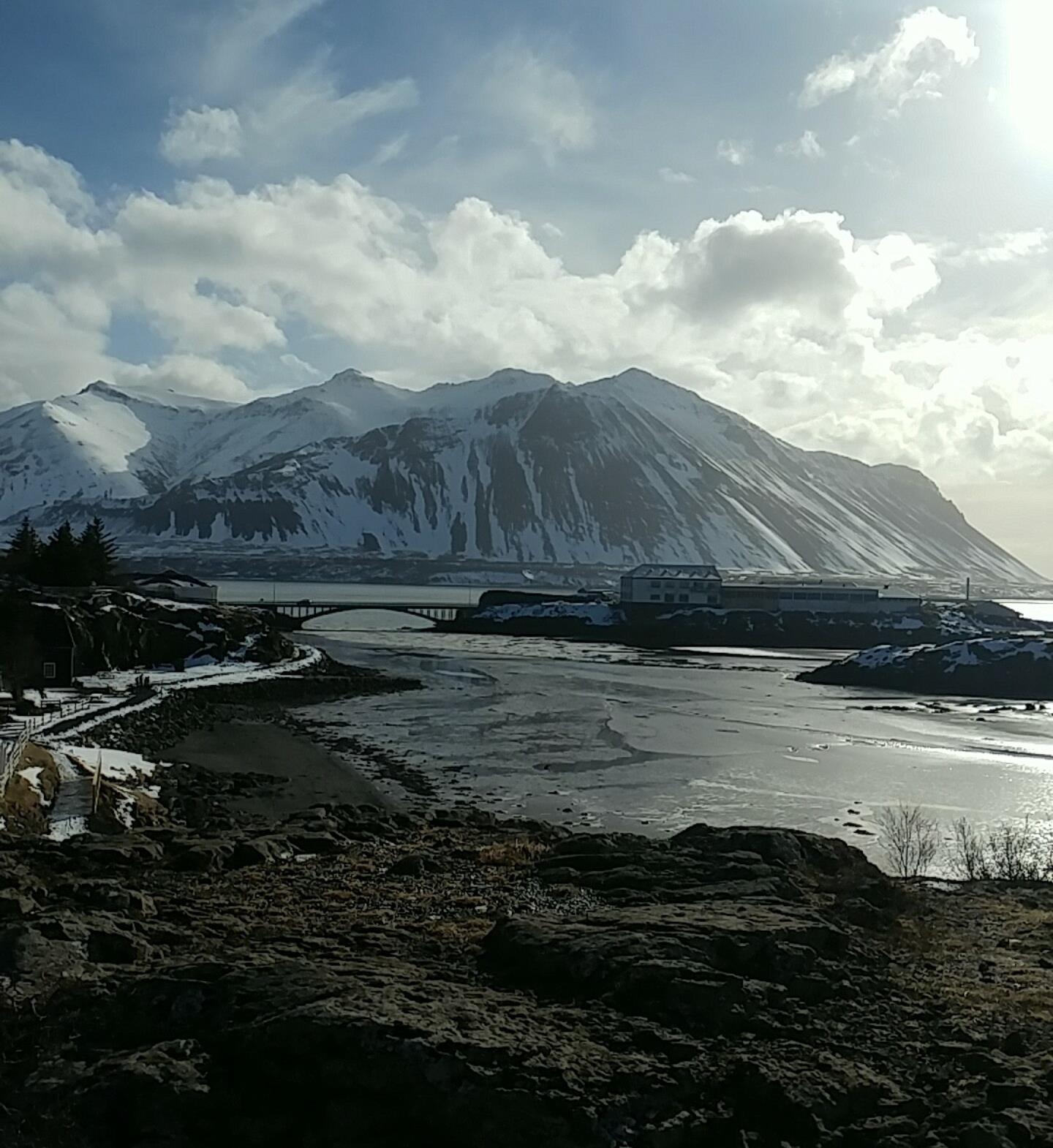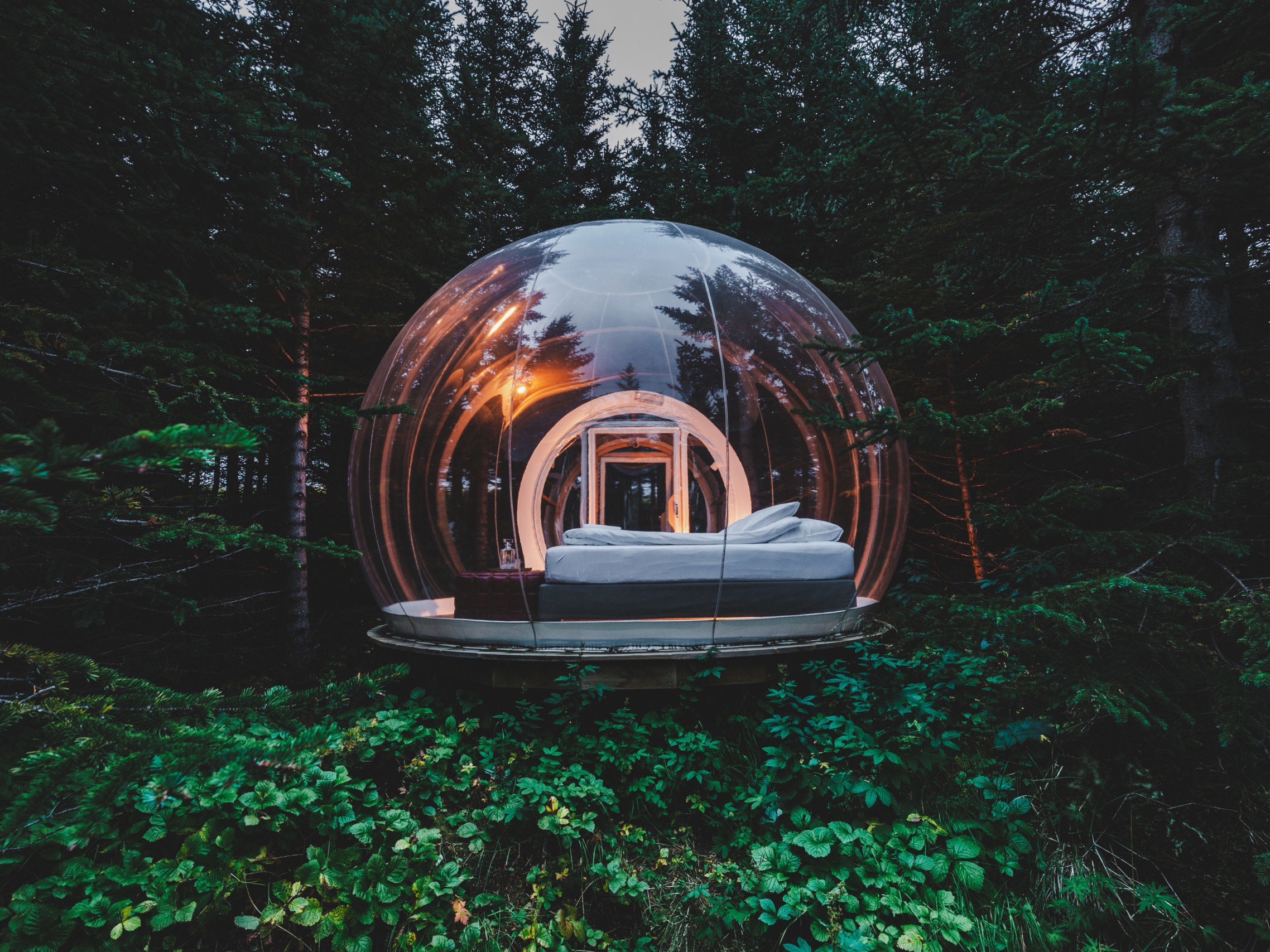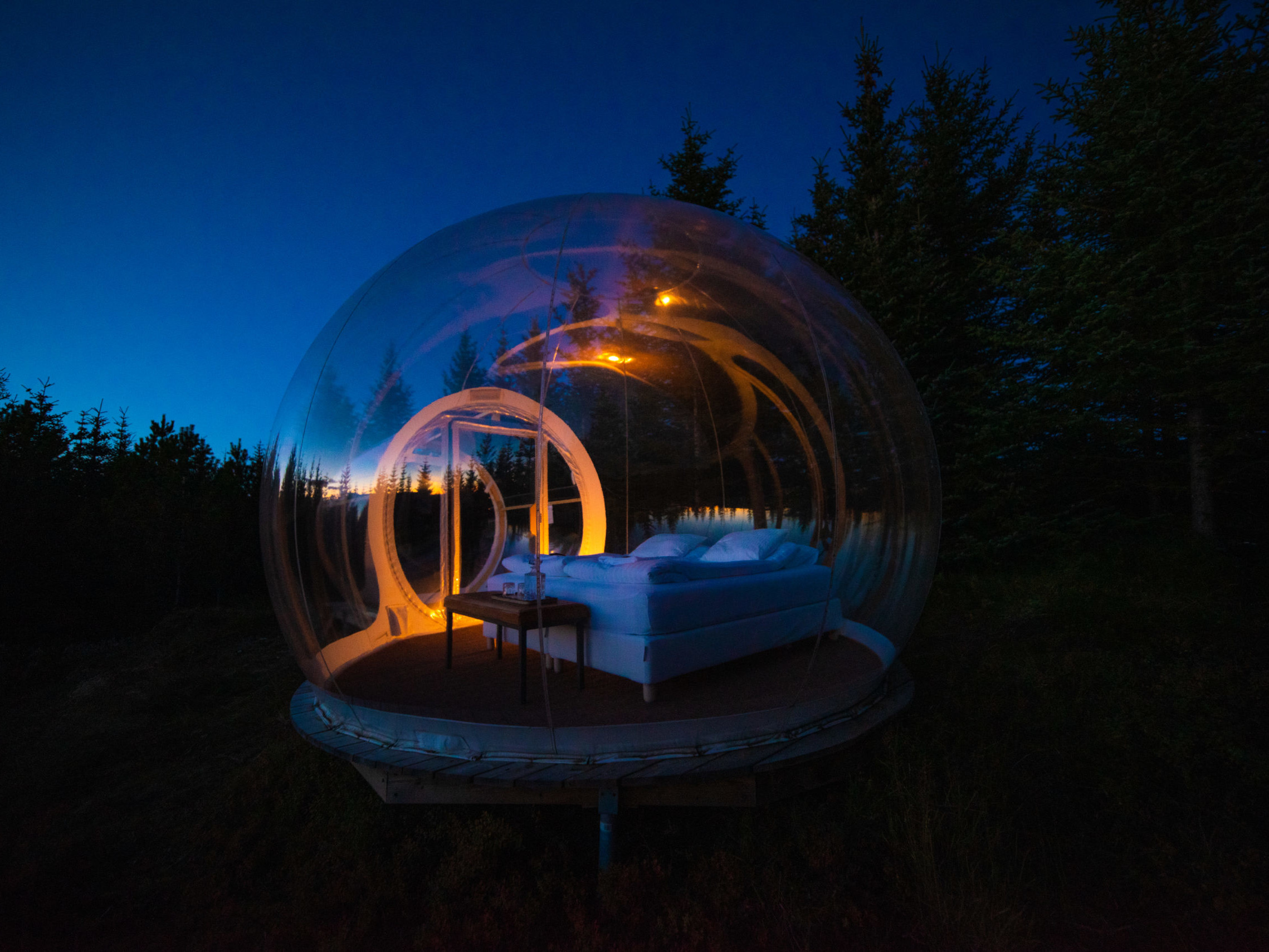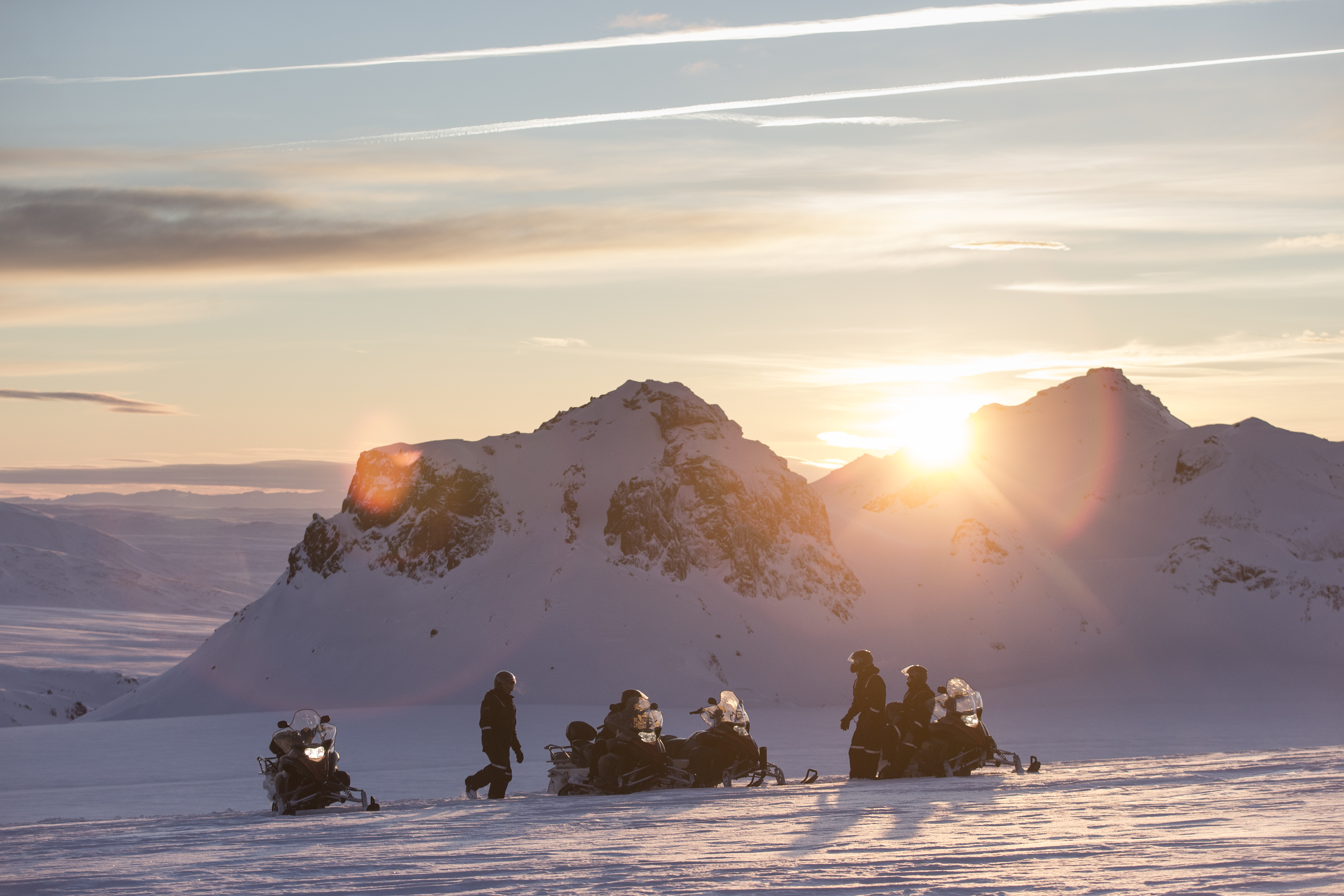Finding accommodation in Reykjavík
Finding accommodation in Reykjavík
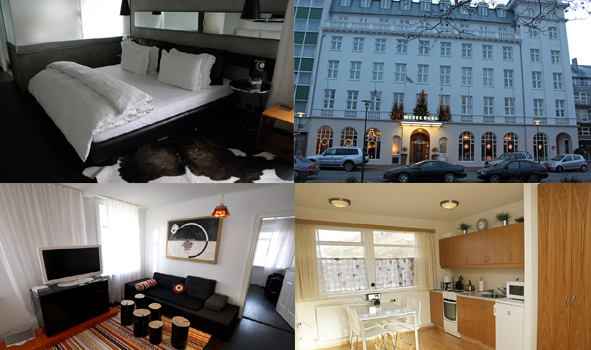
4 winter days in Iceland - editor's choice
4 Winter Days in Iceland
People visiting Iceland for the first time naturally want to see and do as much as possible during their stay. Often people are only staying for a few days so it might be a bit difficult to do see and do everything on the wishlist but for first timers we have put together an itinerary that might be helpful. Then you just need to come again to visit all the other beautiful sites!
Day One
The Golden Circle is the classical route that everyone takes on their first visit to Iceland. You cover many sites only in one day. The Golden Circle includes the beautiful Gullfoss waterfall, they famous Geysir hot spring area and the peaceful Thingvellir National Park. You can add to that route a visit to the crater lake Kerið. For the Golden Circle you can either do bus tours or super jeep tours with various extra activities. Our personal favorite is the Golden Circle Ultimate with floating and northern lights hunting in the evening. Of course you can also do the route by self-drive but take care, the roads in winter are icy!
Day Two and Three
For the second and third day we choose the south coast and Jökulsarlón glacial lagoon. The south coast is beautiful and has so many lovely sites to visit. To name a few, Skógafoss and Seljalandsfoss waterfalls, black sand beaches, amazing views and on a clear day you can see the Westman islands. The glacial lagoon is one of a kind and something you shouldn´t miss. During summer you can take boat rides on the lagoon but you can enjoy the lovey lagoon in winter as well. Spending the evening by the lagoon and hunt for the northern lights, it doesn´t get more magical than that! It is also a great experience to spend one night at the countryside and enjoy the pure Icelandic nature.
Day Four
The Reykjanes peninsula is a hidden gem that not too many tourists know about. It is a perfect route for a day tour as it is very close to Reykjavík! You can visit small villages, geothermal areas like Krísuvík, the beautiful Kleifarvatn lake, cross the bridge between two continents and of course soak and relax in the Blue lagoon. The moonlike landscape takes you to another world and the peacefulness is one of kind. You can either do this route on your own (self-drive, but in winter make sure you have a 4×4) or book a bus tour/private tour.
Volcanic eruptions in Iceland
Volcanic eruption in Iceland
The most recent volcanic eruption in Iceland is clearly in Bárðarbunga (started erupting in 2014). Located on the mid-Atlantic ridge, Iceland has a high concentration of active volcanoes. In Iceland there are 30 active volcanic systems and 13 of them have erupted since the settlement of Iceland. We have put together a list of a few volcanic eruptions in Iceland.
1. The Westman Islands (1973)
One of the most famous volcanic eruption in Iceland is the one in the Westman Islands in 1973. The eruption came without any signs of warnings. Ash fell over most of the island, around 400 homes were destroyed and lava flow threatened the harbour. It is a blessing that no one was killed. This video will give you the story of the eruption.
2. Eyjafjallajökull (2010)
Who doesn´t remember the Eyjafjallajökull eruption? The eruption that everyone was talking about in 2010. Despite of being a relatively small eruption it caused enormous disruption to air travel across northern and western Europe. An ash cloud led to the closure of most the the European airspace in April. In October 2010 the eruption was officially over. Here you can see a good BBC clip about the eruption.
3. Grímsvötn eruption (2011)
Grímsvötn is a volcano in the south eastern part of Iceland, in the highlands. Grímsvötn is a basaltic volcano and has the highest eruption frequency of all the volcanoes in Iceland. Most of the eruptions have been subglacial. The last time Grímsvötn erupted was in May 2011.
4. Hekla
Hekla is a stratovolcano in the south of Iceland. It is a part of a volcanic ridge. It is one of Iceland´s most active volcano and has erupted more than 20 times since 874. The earliest recorded eruption is in 1104. Eruptions in Hekla are extremely varied and difficult to predict but there is a general correlation – the longer Hekla goes dormant, the larger and more powerful its opening eruption will be! Hekla last erupted in 2000. No one knows when the next Hekla eruption will take place.
The Humble History of Iceland
Humble History of Iceland
When Iceland is mentioned, the first thing that crops up in people’s mind is that it must be covered in ice, as suggested by the name. But, in fact, it is not so. Iceland has beautiful lush green meadows, nice people and a rich history. The country has many volcanoes, out of which very few are active. Iceland is also the home of the famous songwriter-singer, Bjork. Even though it is a small speck of land in the North Atlantic Ocean, Iceland is quite exciting and amazing than people think it to be.
So, how did Iceland come into existence and change into a well-known tourist destination that it is today? Well, let’s have a look at its history.
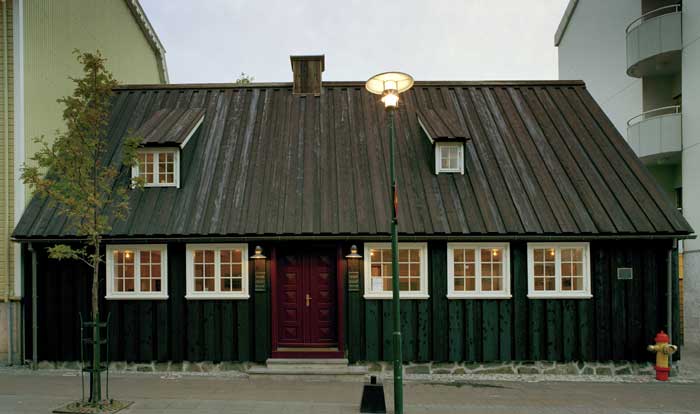
The Beginning
Iceland is situated at the intersection of two tectonic plates – the American tectonic plate and the Eurasian tectonic plate. Around for 16-18 million years ago, these two tectonic plates started to drift apart, causing a critical volcanic eruption and thus, as a result, Iceland came into existence. In the present age too, Iceland sits on the ‘Iceland Plume’, a volcanic hotspot that causes a mass of earthquakes every year and volcanic eruptions also occurs every other year or so.
The Settlement of the Colonies and Government
During 871 AD, a Norwegian man name Ingólfur Arnarsson committed the act of murder and was thus banished from his homeland. He came to Iceland with two ships and engaged the Nordic people for grabbing this land and won. This resulted in a Norse-Celtic mix of genes in Iceland and most of the present Icelander can trace back their lineage to this time.
Due to the fact, that in the past, Iceland was a country of rebel and escapees, it required a system of government. This won’t lead to the creation of the Althingi, which is the long-standing democratic parliament that, to this day, exists. The region was divided into small areas that had a chieftain, a religious leader and a politician. During the summer, the chieftains of every village would meet and discuss the laws and settle disputes, if any. Every year, the politician would recite one-third of the laws from memory and later, these laws were written down in a book called the Grágás. This book still exists today and contains all the practical laws of Iceland. The parliament is also uninterruptedly functioning to this day, except during the years from 1800 to 1845, when it did not function.
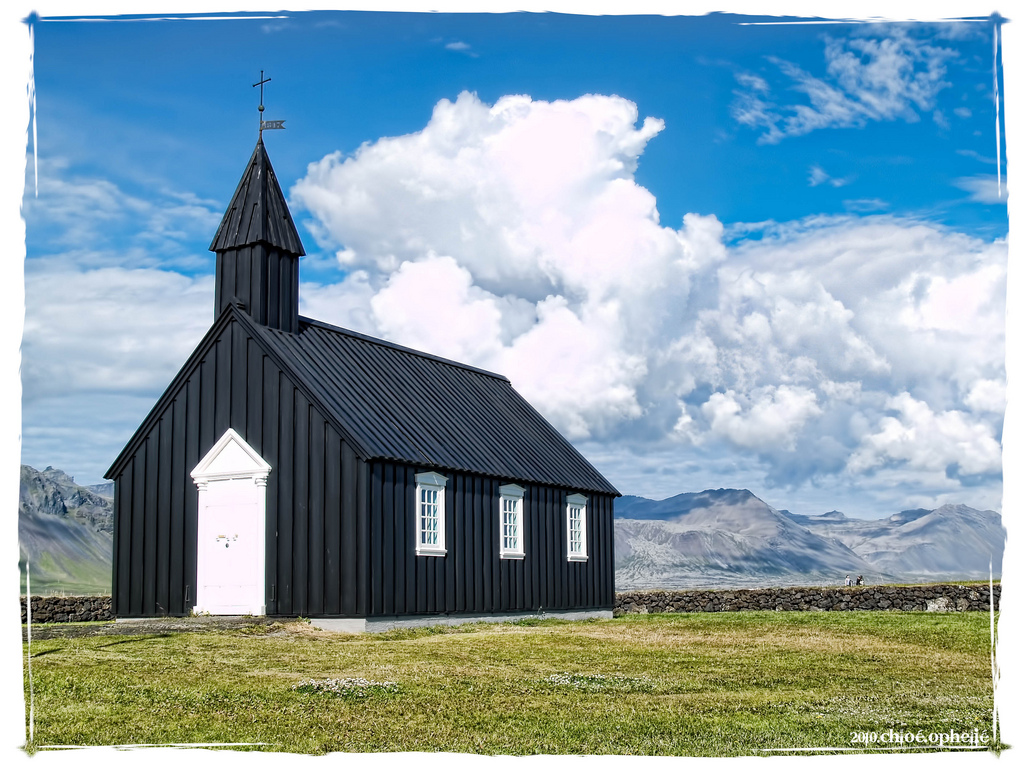
Rise of Christianity in the Country
Up to the 10th century, Iceland’s religion was Ásatrú and worshipped Norse gods like Óðinn, þór and others. When Christianity came into existence and the Christian preachers started teaching their faith, it leads to a confrontation between the two religions. To bring matters to a peace, Þorgeir Ljósvetningagoði Þorkelsson was asked to contemplate. For one whole day and one whole night, he lay under a bear skin and when he came out, he ordered the conclusion that Iceland should be a country of Christian religion. It was following the religion of Roman Catholicism until the year 1540, when the region was converted to Lutheran Protestantism. This was met with huge violence and was only settled with the beheading of the Catholic bishop, Jón Arason, in the year 1550.
Submission to Norway: the Rise and Fall of Monopoly and Independence
Up to the year 1262, the chieftains of the Icelandic regions where growing powerful constantly and the whole country was covered in civil wars between the 7 powerful clans. To end the war, the chieftains submitted to the king of Norway, Haakon IV. During the 14th century, Iceland was again split up when the Kingdoms of Norway, Sweden and Denmark became one kingdom and it fell under the Danish rule.
During the 1500s, German and English fisherman and traders set up trading posts in Iceland and begin trading with Icelanders. Suddenly, a cross with the prosperity his countrymen was enjoying, Christian IV, the King of Denmark, granted exclusive rights of trading to certain merchants. This was a harmful decision as Danish people could pay as little as they want for Icelandic goods and charge exorbitant prices for their goods. It swallowed Iceland in total poverty by this system of monopoly was done away with in the year 1786.
The rise of Iceland from the dark ages was made possible due to Sheriff Skúli Magnússon. He picked Reykjavik to be the center of Icelandic civilization and modernization. He built several wool workshop buildings around the region and thus, Iceland began to rise out of the dark ages that it was experiencing.
The rise of nationalism, the independence and the enlightenment of Iceland can be attributed to Jón Sigurðsson. The independence movement, led by him, resulted in the Icelandic parliament being an advisory body to the king in 1845. Then, the movement came home to Iceland in the year 1905. In 1918, Iceland gained its sovereignty and gradually, on June 17th, 1944, Iceland gained its independence as Denmark was being invaded by Germany. Incidentally, June 17th is also the date of birth of Jón Sigurðsson.
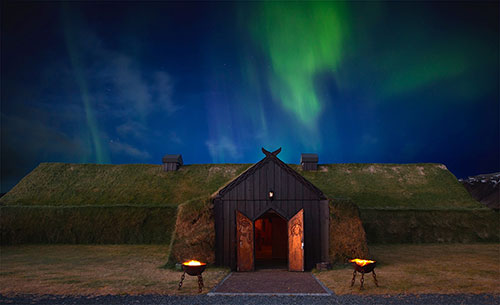
Role during the World Wars and Entry into the 20th Century
In spite of the progress made in the field of industrialization and urbanization, Iceland was still a bit far behind. Innovations such as electricity, the first trawler and the first car was introduced to Iceland in years from 1900-1910. During the world wars, as Iceland was doing the job of selling products to the allies and returning the American Occupying forces, Iceland was granted an economic boon and the various cultural influences like the television and jazz came to the country. This helped Iceland to come to terms with the 20th century and still, to this day, the people of Iceland are still fascinated by new and foreign technology, culture and materials.
The Crash of the Icelandic Economy in 2008 and Recovery Since Then
The economy of Iceland was always suffering a high inflation from the 1950s. Then, during the 1990s, the commercial banking system of the country was privatized and various laws were passed which eased the opportunity of trading between several countries and Iceland. This led to an incredible growth in the financial aspect of the country, but it was halted in October, 2008. The Icelandic currency, Króna, depreciated by 50% of its value, overnight. This led to people losing their livelihood, their job and their homes.
So, this is the history of Iceland, from its very beginning to the present times. The quickness of the economic recovery of the country has garnered the attention of the international community. The industries of the country are still operational and the level of unemployment in the country is in control. However, the wages and salaries of the countrymen are still quite low and thus, it is a good time for foreigners to visit the country.
What is the midnight sun of Iceland?
Midnight Sun in Iceland
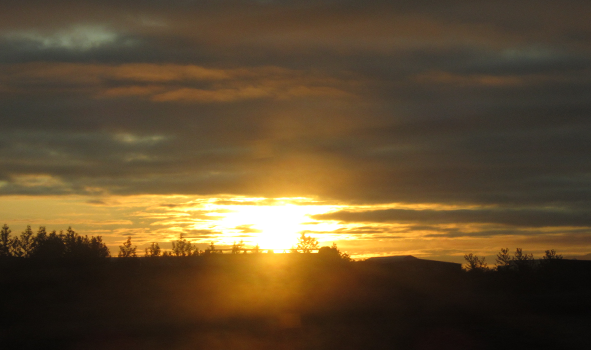
What is the Midnight Sun?
A natural phenomenon that occurs during the months of summer in some places in the north of the Arctic Circle or to the south of the Antarctic Circle in which the sun is visible at the local midnight time of a region is known as Midnight Sun. During the period of the summer solstice that approximately on June 21st in the north region and December 22nd in the southern regions, the sun is visible for a period of 24 hours, if the weather is fair. The potential of midnight sun occurring for a number of days increase as the poles are moving further from the Sun. Even though the midnight sun is defined by the polar circles, in reality, the midnight sun can be seen as much as a distance of 90KM outside the polar circle. The exact latitudes that the midnight sun reaches depends on the topography of the region and every year, it varies.
Who Sees the Midnight Sun?
Since there is no permanent area of residence in the southern parts of the Antarctic Circle, there are only a limited number of regions that experience the midnight sun – Yukon, Nunavut and Northwest Territories of Canada, Iceland, Norway, Sweden, Greenland, Finland, Russia and Alaska in the United States. In the northern part of some of the countries mentioned, the sun does not set for a period of 60 days during the summer. In the Svalbard region of Norway, the sun does not set at all from 19th April to 23rd August.
Some regions below the polar circle may experience midnight sun due to refraction of the atmosphere and the sun is a disk and not a point. But, places which exceed one degree below the polar circle does not experience the midnight sun. Iceland is known to experience midnight sun even though most of the region of the located slightly to the south of the Arctic Circle. At the poles, the period of sunlight is a little bit more than six months.
Common Questions
Now, when a person is visiting Iceland during the period of the Midnight Sun, a lot of questions crop up in his or her mind. When does the midnight sun in Iceland happen? For how long does the sunrise or sunset last? In Iceland, what is the time frame during which the midnight sun can be experienced? Is it possible to sleep during the midnight sun?
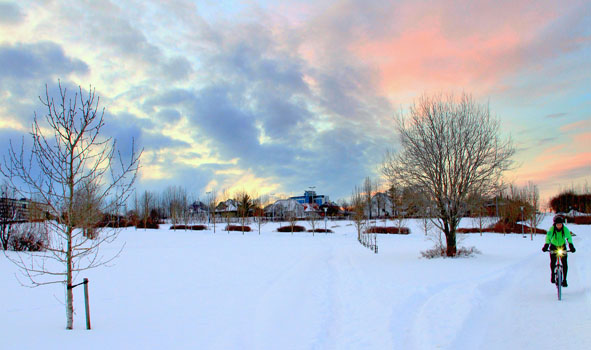
Summer and Winter in Iceland
During the summertime, in Iceland, the days are quite long. Iceland’s nights are bright from the period of late May to early August. This is quite unfathomable to some people and they have various questions about it. One of the most common questions about Iceland’s midnight sun is that if is it possible to sleep during the period of the midnight sun. The answer to this question is that it is quite possible. Just like a person can sleep with the lights on or in the middle of the day, a person can sleep during the period of the midnight sun. If a person requires complete darkness to sleep, he or she can use curtains to block out the midnight sun. After a period of dark winters, it can be a bit weird to have endless days. But as time goes by, the period of longs days becomes adjusted to the lifestyle of a person and if you want to do some sightseeing then you can do it all night and day long.
On the planet, the further you go north or south, the more the effect of summer and winter solstices that you can feel. The summer solstice in Iceland is the longest day of Iceland’s year and it happens during the 21st of June. In Reykjavik, the suns set after midnight and again rises before 3AM. The days are even longer in Akureyri or Ísafjörður due to fact that it was further north in the country. The winter solstice in Iceland is the shortest day there and it occurs on the 21st of December. This means that in Reykjavik, the sun rises around 11:30AM in the morning and sunset occurs at 3:30PM during the afternoon. The day is even shorter as you go further north in the country. In between this period of time, that the period between the longest and shortest days of the year, the days are either getting shorter or longer. This shortening and longevity can vary between a few seconds to a period of several minutes per day. Twice a year, equinoxes occur on the 21st of March and the 21st of September. During these days, the amount of daylight and darkness are equal in length.
When?
Generally speaking, in Reykjavik, the midnight sun occurs during the period from 16th to 29th June. These are the only days during which the sun sets after midnight in the region. If the consideration is taken into account that the sun will rise a few hours later, at approximately 3:30AM in the morning, it is still quite bright even though the sun wasn’t in the sky yet. These beautiful bright nights occur for up to a period of 3 months. The time frame is one and a half months before the 21st of June and one and a half months after the 21st of June.
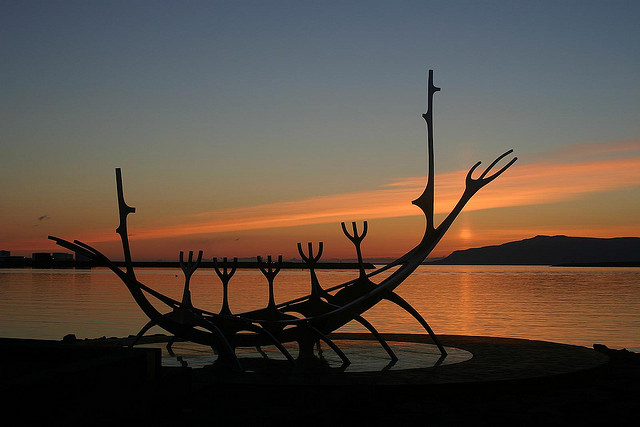
An incredible and beautiful picturesque display of the colorful and bright night sky is done due to the slow sunsets and sunrises. These bright skies tend to last for quite a long time and for several hours. When August begins, a few hours of the night can be quite dark, but it is not darker than dusk though. When August is ending and September is beginning, a couple of hours in the night will be quite dark that is pitch black dark. Iceland is truly a place of mystery and beauty and you can enjoy summertime and daytime activities for quite a long time due to the midnight sun. So, if you are interested in going to a place where you can enjoy more hours of the day without it affecting your crazy nightlife, then Iceland is definitely the place to visit. Things that you can do in Iceland even though it is night is that you can play golf or go on a tour of the Golden Circle in Iceland or enjoy the attractions that are there on Route 1 of Iceland.

